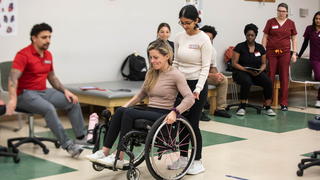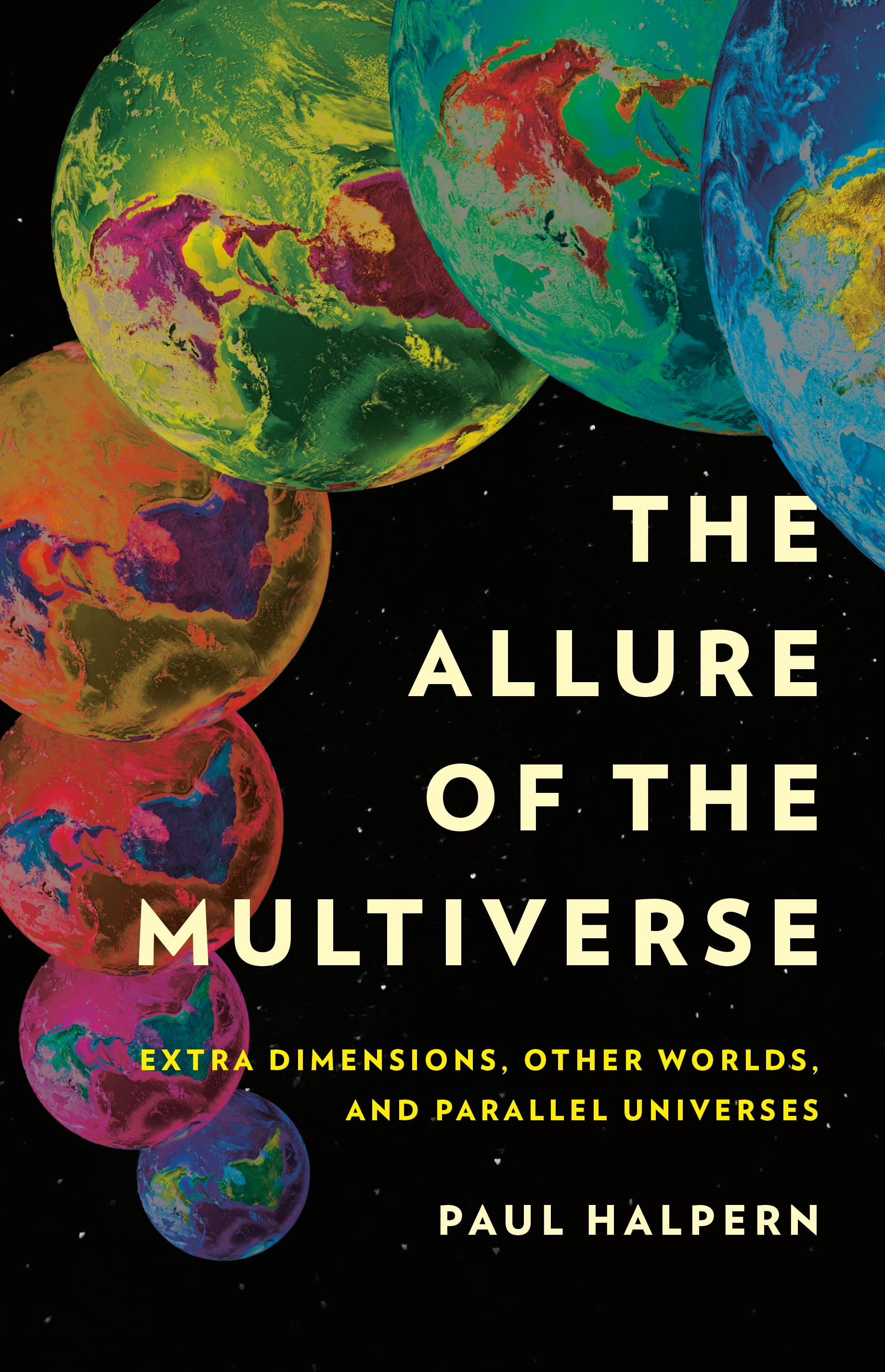Student-Faculty Pair Lead Change in the Field of Autism and Co-occurring Conditions
Psychology major Meredith Robertson, BA ’25, and her advisor, Joe McCleery, PhD, are conducting an independent study that will lead to a much-needed change in the field of treating autism and its co-occurring disorders.

Meredith Robertson, BA ’25, is a psychology major with her own dual diagnosis — she’s not only living life on the spectrum, but she also has an anxiety disorder.
And Robertson is not alone — individuals with autism spectrum disorder (ASD) often meet criteria for at least one additional psychiatric disorder, like anxiety, ADHD or OCD. But it wasn’t until the last decade or so that providers began recognizing these issues outside of each individual’s ASD diagnosis, and with that came a myriad of revelations around treatment.
This is where Robertson found inspiration for a years-long independent study that would delve into how providers can successfully treat co-occurring disorders in people with autism.
“The profile for how you treat and support people with anxiety looks very different for autistic and non-autistic individuals,” explains Robertson. “The typical route, which is prescribing SSRIs, isn’t known to have the same effect for the majority of neurodivergent people.”
Side effects like irritability, hyperfocus, behavioral activation, trouble with sleep and gastrointestinal distress seemed to be taking hold of the people with ASD who were prescribed SSRI medications like Zoloft, Prozac or Lexapro to manage their depression or anxiety.
“There’s a different brain process going on there,” says Joseph McCleery, PhD, who is overseeing Robertson’s independent study on the subject. McCleery is an assistant professor of psychology at Saint Joseph’s and the executive director of academic programs at the University’s Kinney Center for Autism Education and Support. “Meredith and I are hoping to shake up the field with this study — we want to create a big-picture summary of issues and solutions for providers studying and treating co-occurring disorders for autism.”
Once Robertson has compiled data from her extensive literature review, she and McCleery will be working directly with clients at the Kinney Center, as well as providers at Children’s Hospital of Philadelphia and Jefferson Health, to study a wide variety of patient records. In this way, they’ll examine the real-life challenges of reaching a stable point of function for patients with co-occurring disorders and autism.
“What we’re interested in is treating the whole person,” says Robertson. “Right now, we’re just treating symptoms and not the overarching issues that autistic people are dealing with when they have co-occurring disorders. We want the treatment field to take a person’s entire life into consideration and pay attention to improving the quality of it.”
“There are so many layers that need to be peeled back here to tell each individual’s story,” agrees McCleery. “This study is showing providers that they’ve been ignoring the elephant in the room. There is nothing in the data that tells us SSRIs are even reducing anxiety and depression in this population. So what are we going to do instead?”
Robertson and McCleery are currently drafting a manuscript reviewing the literature on this topic, which they plan to publish in a peer-reviewed scientific journal. They will then conduct studies over the next five years, gathering data and reviewing patient cases. From there, they’ll publish work to lead the field in implementing changes to treatment practices.




 Multiverse this, multiverse that — movies, books and TV shows seem to be obsessed with exploring the possibilities that come with alternative realities, and mainstream society is gobbling them up. It is a rare feat for such an abstract and complicated concept of theoretical physics and quantum mechanics to so easily capture the attention of the public. So just what is it about multiverses that fascinates us? And, more importantly, what even is a multiverse in the first place?
Multiverse this, multiverse that — movies, books and TV shows seem to be obsessed with exploring the possibilities that come with alternative realities, and mainstream society is gobbling them up. It is a rare feat for such an abstract and complicated concept of theoretical physics and quantum mechanics to so easily capture the attention of the public. So just what is it about multiverses that fascinates us? And, more importantly, what even is a multiverse in the first place?